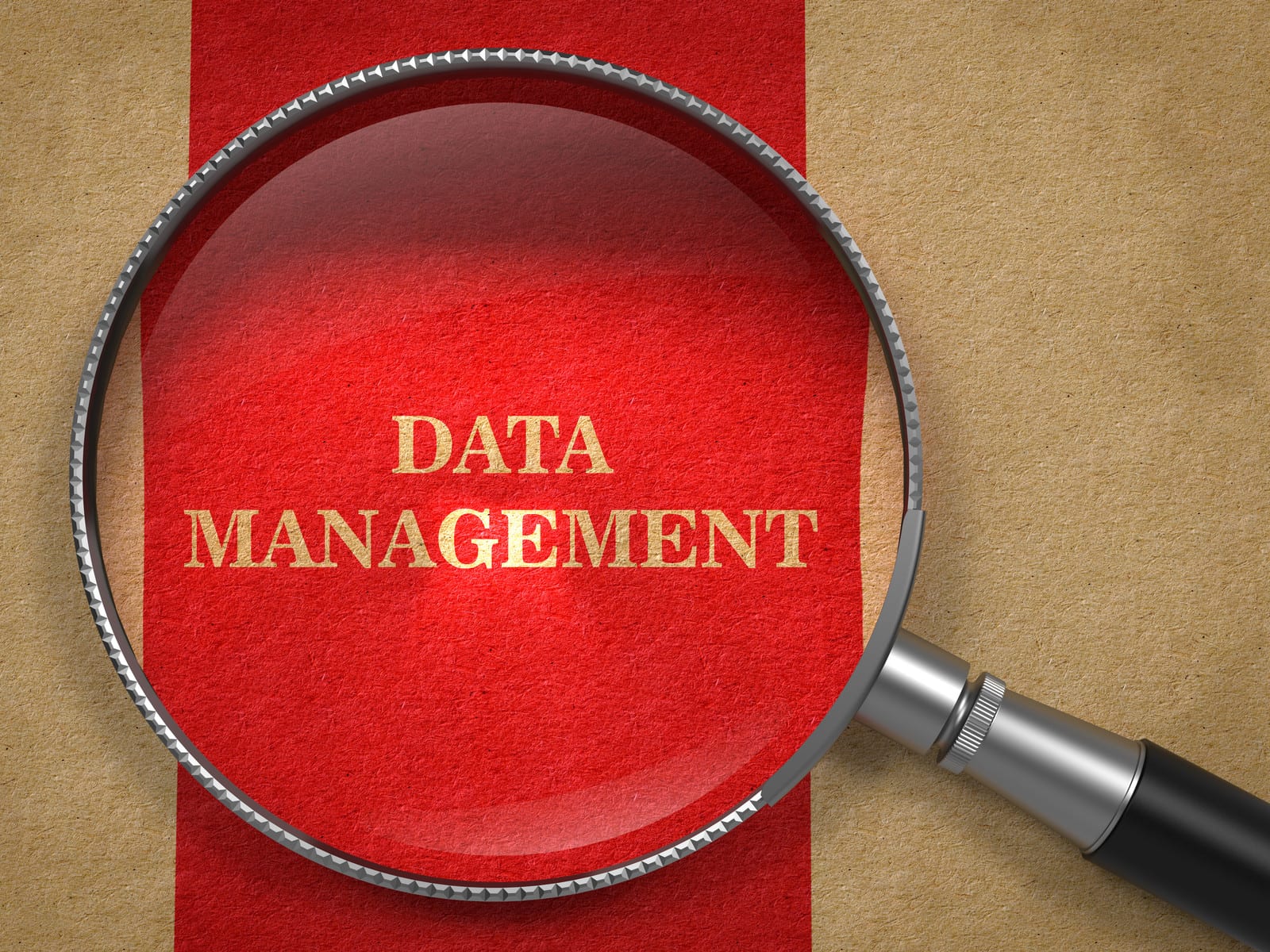Sometimes it seems like technology in the workplace can simultaneously be a help and a hurt. In fact, most Millennials in the workforce admit they’re overwhelmed by the influx of digital improvements they encounter every day: from a new app or new Intranet feature to new ways to communicate with colleagues. What’s more, these advancements are collecting loads of data. But there’s good news: this endless stream of numbers floating in the cloud can actually serve as a way to empower employees — if utilized properly.
According to MIT Sloan School of Management’s Dr. Jeanne Ross, data management can be implemented with employees at the helm. Of course, these numbers aren’t going to decipher themselves, but Ross has found in her research that companies that allow employees access to relevant data also use that data to make game-time decisions — something that can make or break a positive outcome on a service call, for example.
“If employees are given the right data and have the right coaching with clear objectives,” Ross says, “they can make decisions better than senior executives because they interact with the customers and because knowing more inspires them to do a better job for the company.”
Innovation can grow out of empowering employees with data tools. With the proper training, giving field techs an eye into the company’s data can change business for the better. Here are two types of data employees and managers can use to be more proficient and efficient in the office and out in the field:
Performance Data
Performance data is good for both manager and employee. Because techs are in the field, it’s often hard to see how they are performing outside of secondhand reports. While it’s impossible to ride along with every employee every day, data can help outline strengths and weaknesses and hopefully right some wrongs before they become detriments.
Managers should review performance data and ask employees questions like, “What do you think went wrong?” or “How can we fix it?” and “What do you need from me?,” Ross suggests. This allows for a supportive conversation and, again, empowers the employee to make career changes he or she is happy about. With the data, employees can see what is expected of them and how they can reach those goals.
Data to Better Serve the Customer
In a recent Wall Street Journal article, Ross explained how Seven-Eleven Japan Co. (the group in charge of the 7-Eleven convenience store chain) allowed employees to use data in order to making buying decisions specific to the store based on what the sales clerks saw their employees were most apt to buy.
“When companies use data to control people, the assumption is that all the good thinking happens at the top of the organization,” Ross writes. “By contrast, relying more on operating-level people to make fact-based decisions creates smarter, more innovative organizations.”
When it comes to techs, data can allow them to know which parts are more in demand in certain areas and which customers generally require specific services. This data can help field workers place orders from the field without having to receive the executive okay.
Instead of showing employees high-level cumulative data amassed over a period of time and after the fact, it’s clear that providing real-time insight has incentives for both employees and the company as a whole.

Share this: